
GUEST BLOGGERS ALISHA GABRIEL AND SUE HEAVENRICH
We wrote Funky Fungi for kids – and their adults – who want to know more about the moldy lunch at the back of their locker, how insects get zombie-fied, and whether it’s possible to create biodegradable packing material from mushrooms. Fungi are an amazing and diverse kingdom. They grow everywhere, from the coldest corner of Antarctica to hot, sandy desert dunes. They form partnerships with plants, and some even help us clean up the toxic messes we make. Some fungi eat our crops; others protect them. Some look like the familiar mushrooms you find on pizza, and others are truly funky.
And here’s the thing: mycologists, the scientists who study fungi, believe we have only discovered five percent of the fungi living on our plant. So you might find an entirely new species in your yard!
Before you can discover a new fungus, you have to learn a bit about the fungi that have already been described and named. So let’s get started.
Activity #1: Fungus finding (observation, drawing, writing)
- Choose a spot to sit, preferably near a tree or bush. Spend at least one minute looking around and observing the area without talking.
- Sketch out a rough diagram of the area, including where you’re sitting.
- Close your eyes and listen. What do you hear? From which direction? Jot down your observations.
- Smell the air. What do you notice? Flowers? Mown grass? An earthy scent? Make note.
- Where are your feet resting? On concrete, grass, soil, pebbles, or something else? How does it feel?
- Look around again. Look high, medium, and low. What do you see this time? Do you notice lichens on rocks or tree trunks? Dainty mushrooms in the grass, or pebble-sized bird’s nest fungi beneath dandelions? Polypores jutting from a rotting stump? Make notes.
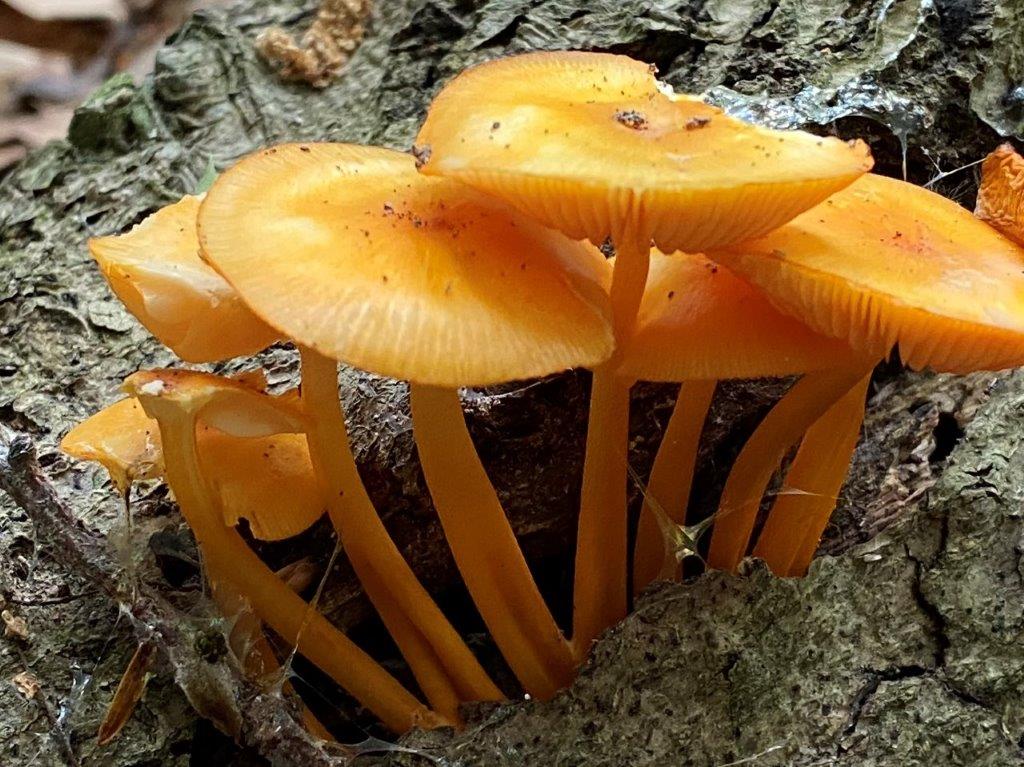
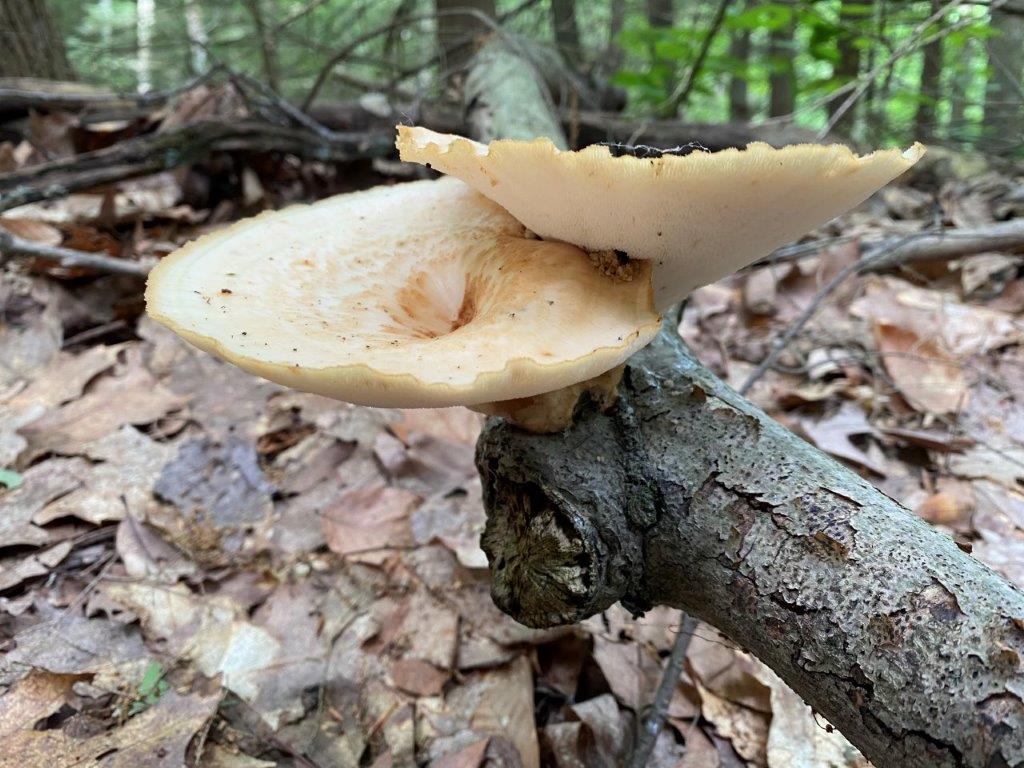
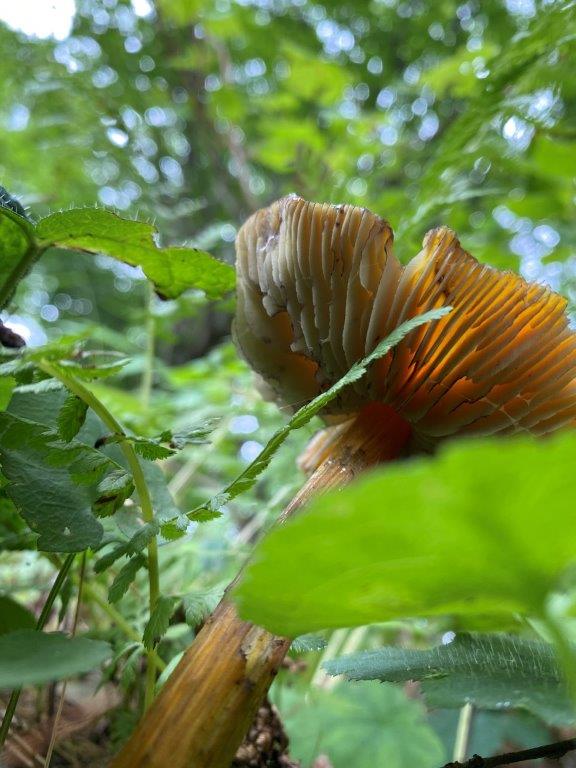
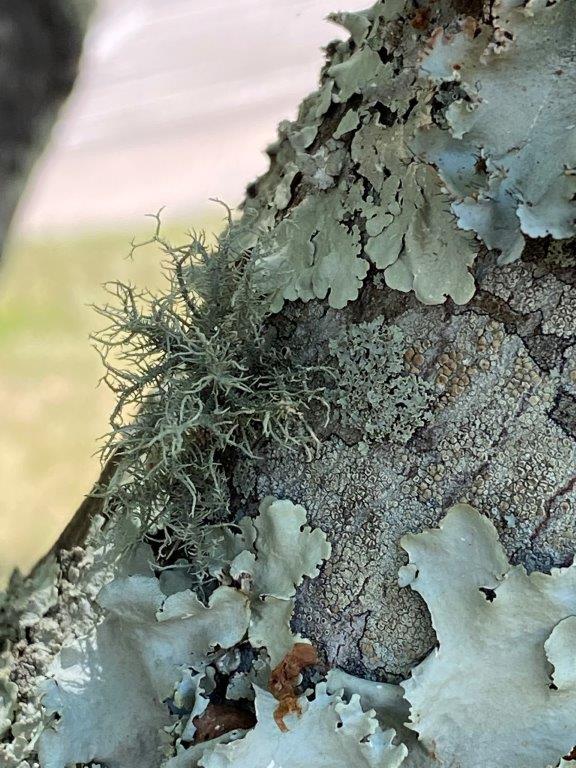
Activity #2: Turning field notes into poetry (writing)
Writing haiku is a great way to use some of the words and images from your earlier nature observations. If you’re doing this as a group activity, you may want to generate some word lists: what mushrooms (and lichens and other fungi) look like; where they are found; smells you noticed; sounds you noticed.
Now it’s time to start writing some haiku. Haiku is a traditional Japanese poem that is short – more like a postcard than a letter. Haiku have only three lines:
- The first line has five syllables
- The second has seven syllables
- The last line has five syllables
To get started, think about what you want to say. Maybe you saw some crusty lichen growing on a rock or an old board. Jot down words that describe it. What observation do you want to share?
Beneath red maples,
this crusty green invader
covers old stone.
Activity #3: What You Hear is What You See (language, observation, drawing)
You’ll need a partner, a sketch book, some colored pencils or crayons, and maybe a blindfold. One way to do this is have your partner sit in a chair with their back to you. They get the art materials. You get a mushroom or a funky fungus of some kind. Or perhaps you find a really cool mushroom in your yard – then cover it up while you bring your drawing partner over.
Your job is to describe the fungus as best you can. Your partner’s job is to draw what you describe. Start by telling your partner where the fungus is located. In the grass, on a rock, on a fallen log? When you begin to describe the fungus, try to help them picture its size by comparing it to everyday objects. Is it taller than your shoe? Could the cap fit in the palm of your hand? Remember to share important details: does it have a cap on a stalk? Does it look like a dried-up chicken claw? Does it have gills or pores? Be sure to tell them about its texture, color, size, and more.
When your partner is done drawing, they can turn around and you can both compare the drawing to the real fungus.
If you don’t have a partner, try drawing your fungus without looking at your paper. Begin by placing your pencil on the paper, and then look at the fungus. Keep your eyes on the fungus while you draw. No peeking at the paper until you’re finished!
Activity #4: Make a Spore Print (science)
Mushrooms have spores, but they are so tiny that you normally don’t see them. Unless you stomp on a puffball and send up that smoky cloud of spores. Mycologists (mushroom scientists) use spore prints to help identify a fungus. They look at the color, shape, and texture of the spores. Making a spore print is pretty easy to do, and one of the activities we include in Funky Fungi. We’re sharing it here so you can try it out.
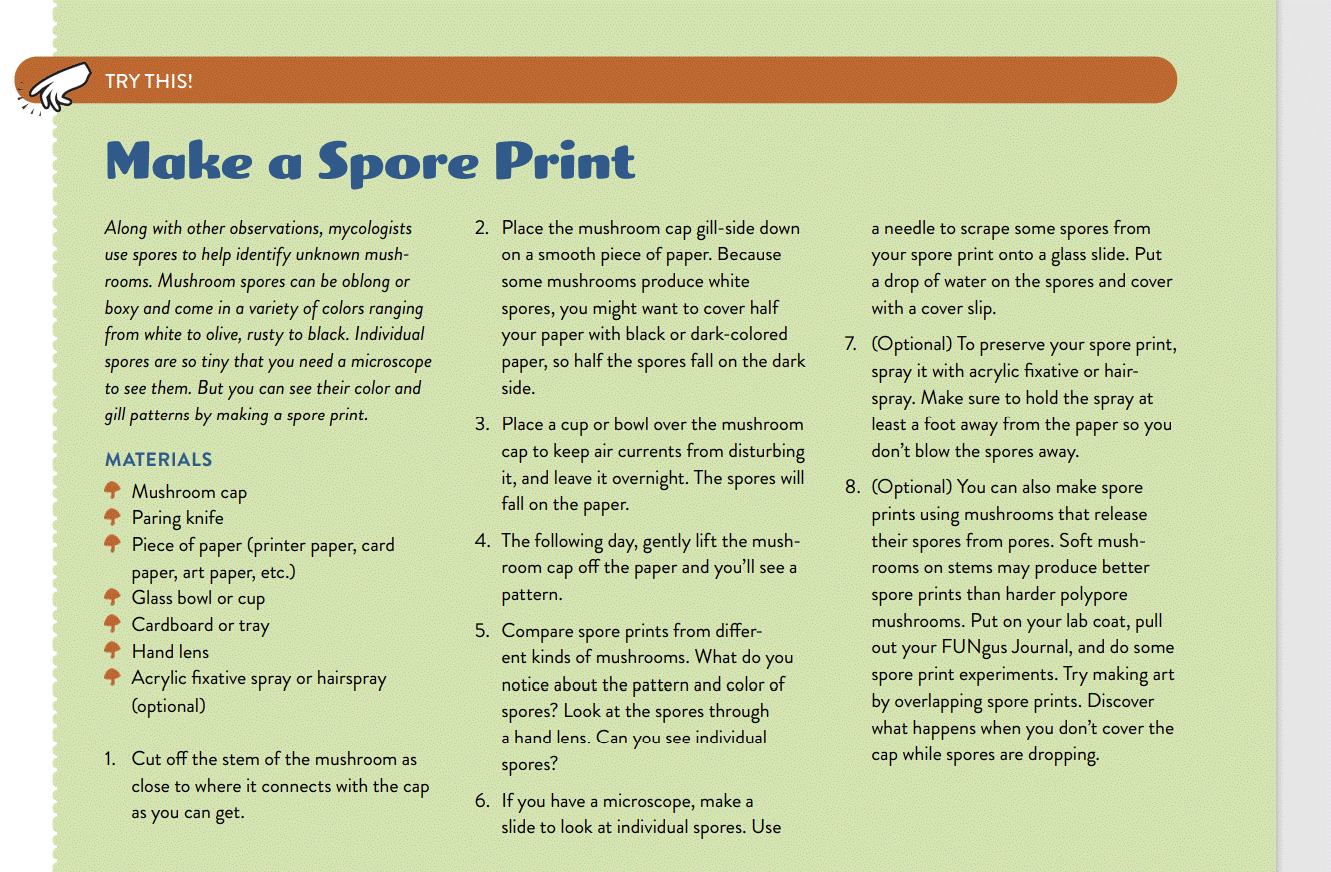
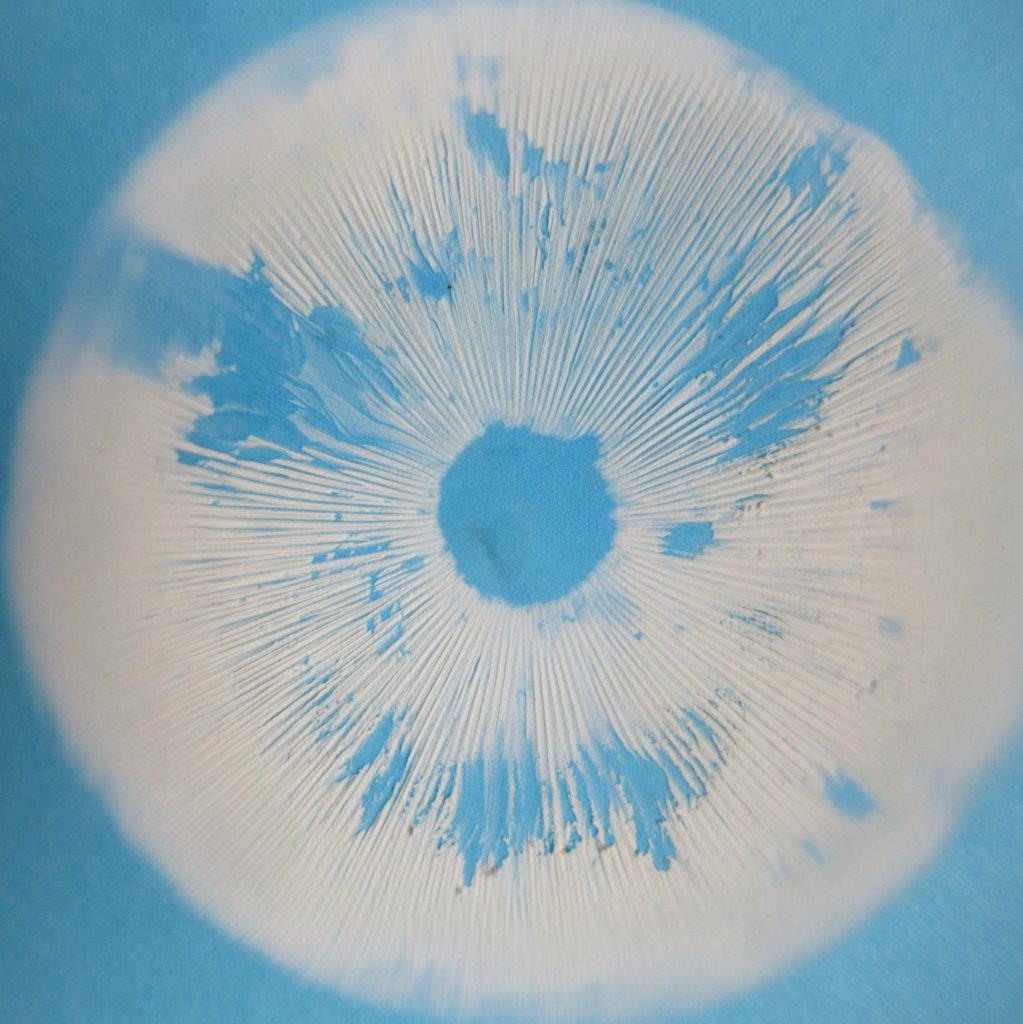
A couple more things to do with fungi
- Toss some shrooms onto your pizza or into a stirfry
- Go on a Fungus Finding Expedition. Grab a friend and a camera and go for a walk. Take pictures of the mushrooms, lichens, and other fungi you meet along the way.
There’s a bunch more cross-curricular activities in Funky Fungi: 30 Activities for Exploring Molds, Mushrooms, Lichens, and More!
Featured image credit: “Fungi” by Dave McLear is licensed under CC BY 2.0.
Sue Heavenrich is biologist and former high school science teacher. Now she writes books for kids and shares hands-on science activities and reviews STEM books on her blog, Archimedes Notebook. To learn more about her, visit her website or follow her on Facebook where she posts photos of fungi every Friday.
Alisha Gabriel is an elementary music teacher and adjunct professor at Southwestern University. Not only has she used her writing skills to win four grants to benefit her students, but she’s played flute and piccolo for video games – and even a TV commercial! To learn more about her, visit her website or follow her on twitter or Instagram.


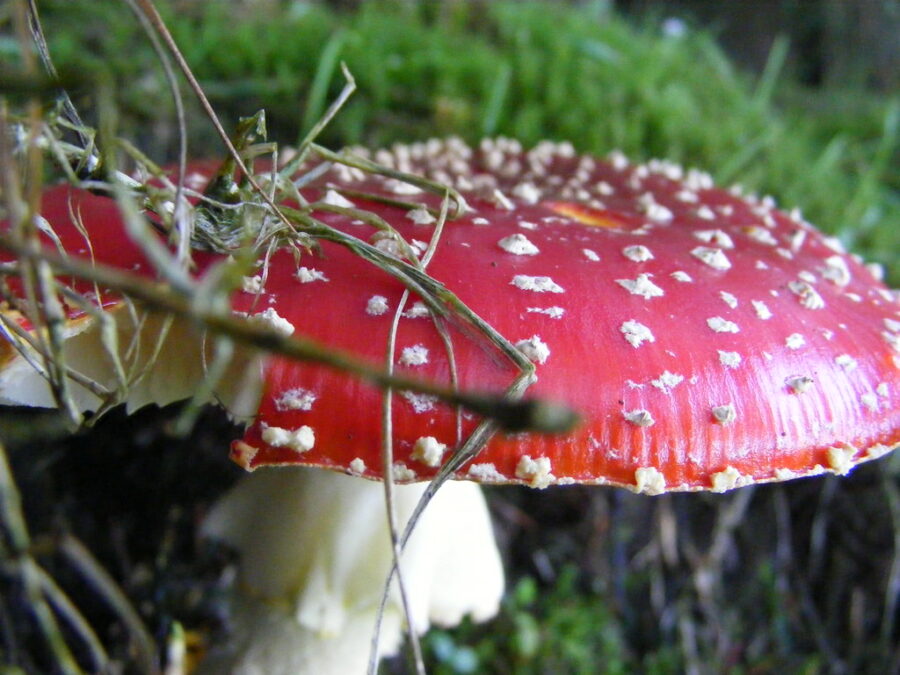
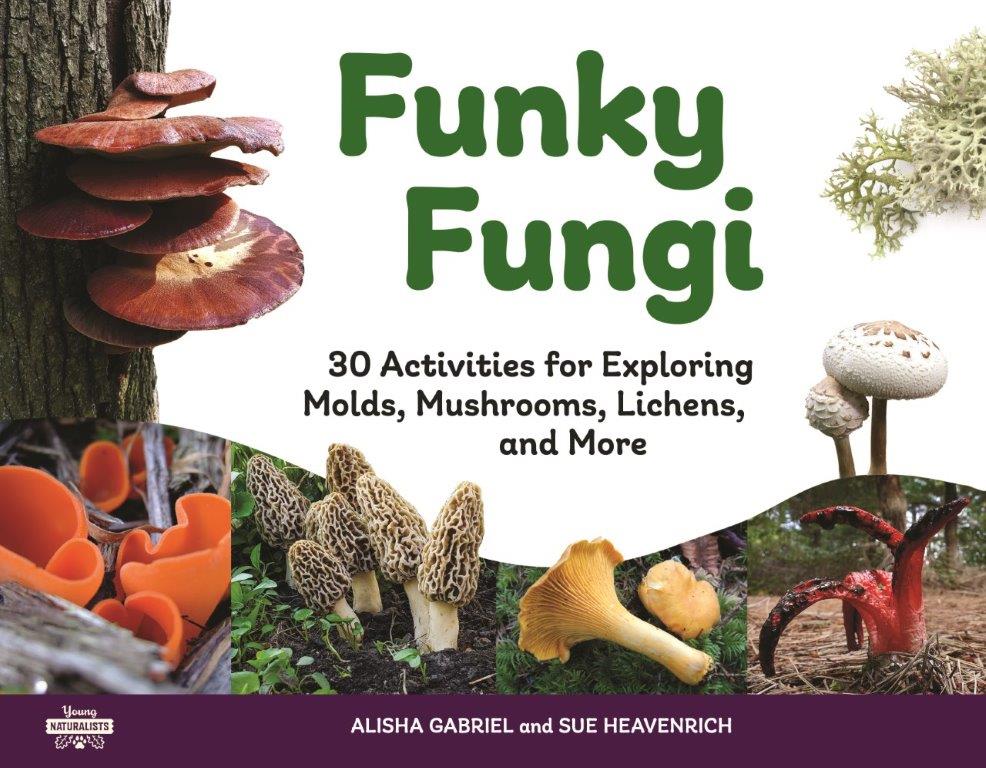
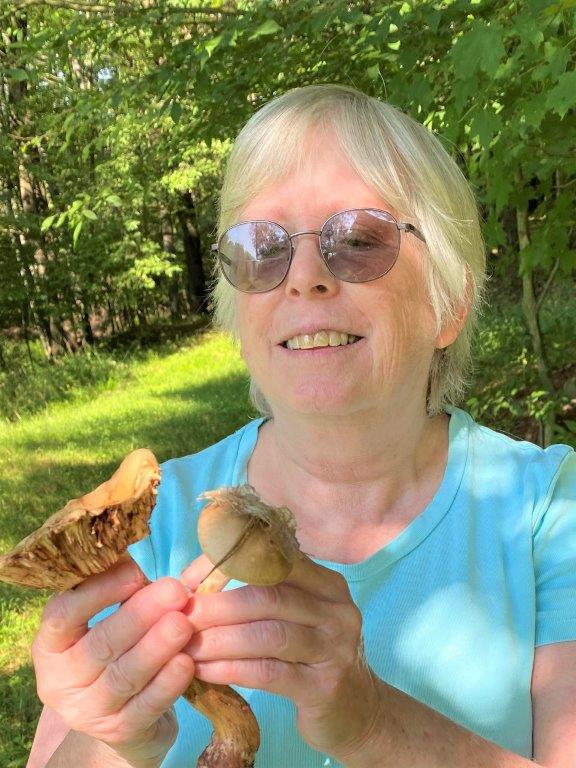

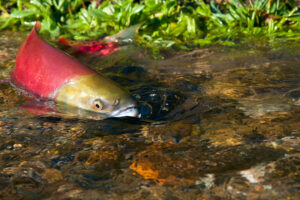
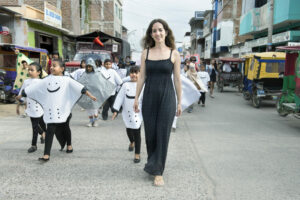



Leave a Reply
Your email is safe with me.